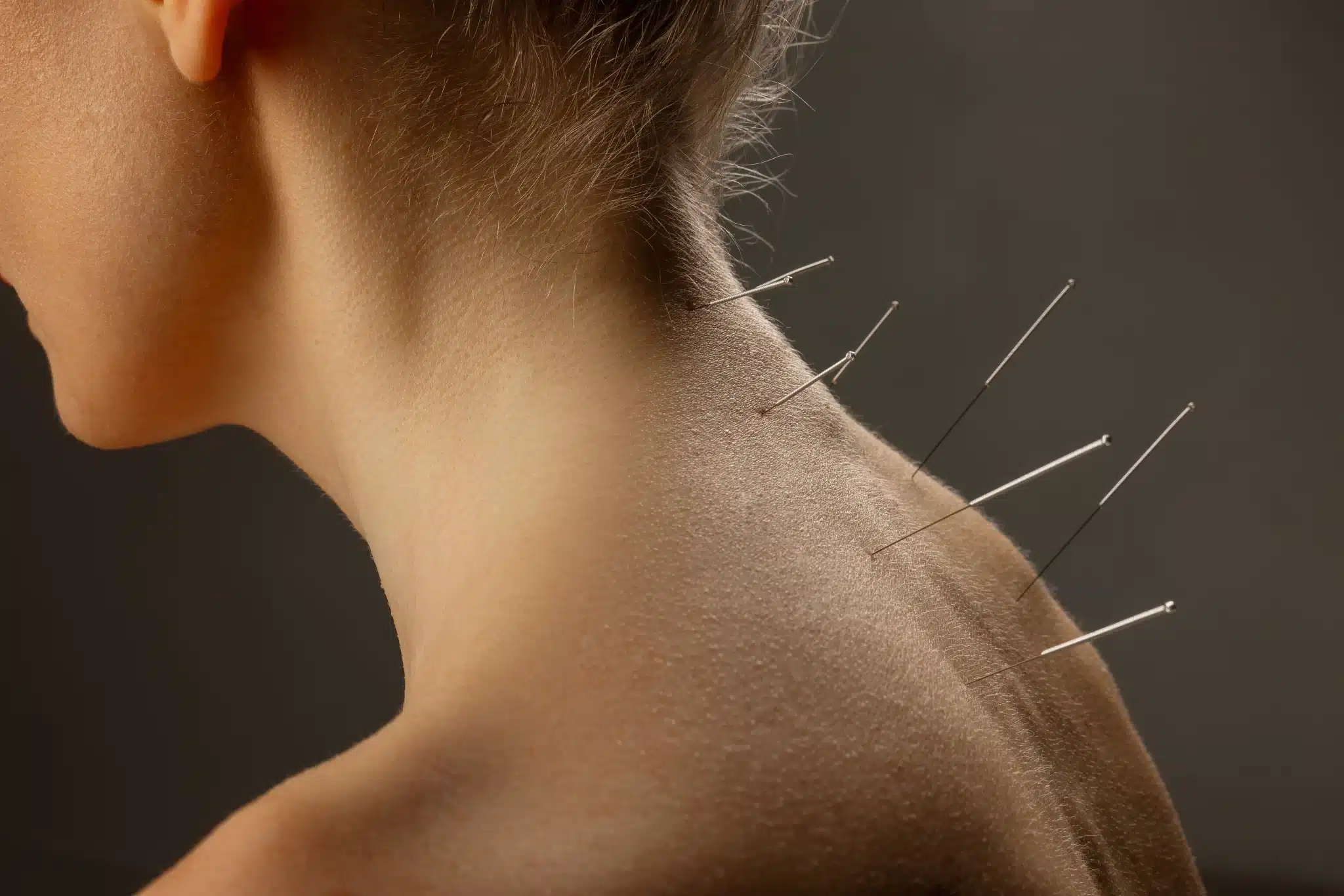(This post has been updated to reflect PPP loan forgiveness changes passed by Congress in June 2020)
On March 27, 2020, Congress passed the Coronavirus Aid, Relief, and Economic Security (CARES) Act, an unprecedented $2.2 trillion assistance package intended to deliver financial support to both individuals and businesses impacted by the public health crisis resulting from the COVID-19 pandemic. While the law contains over 800 pages of relief provisions, one of the most important pieces for holistic practices was the $350 billion allocated to the Paycheck Protection Program (PPP).
What are PPP Loans?
In an effort to shore up small businesses, Congress authorized the Small Business Administration (SBA) to give out 100% federally-backed loans to cover payroll and other business expenses. The size of these loans was to be determined by the amount of time the business remained in operation throughout the COVID-19 crisis (which the CARES Act designated as February 15-June 30). Businesses that remained open could receive a maximum loan of 250% of their monthly average payroll costs. The best news, however, was that PPP loans would be forgiven provided businesses used them for their intended purposes and met certain requirements (more on that in a moment).
Although backed by the federal government, businesses had to apply for PPP loans through their regular bank, which caused a number of bottlenecks that prevented money from being distributed quickly. The program also burned through its initial funding within weeks, forcing Congress to pass another bill to provide another $310 billion to borrowers. In total, banks issued around 4.3 million PPP loans totaling $500 billion.
New SBA Guidelines for PPP Loan Forgiveness
On May 15, the SBA and the Department of the Treasury released guidelines on how borrowers could apply to have their PPP loans forgiven. While the CARES Act clearly stipulated that these loans would be forgivable under certain conditions, it left the details of how that process would be handled to the SBA. After the details were made available, however, many business owners raised concerns with Congress, which led to the passage of additional legislation in early June that made further modifications to the loan forgiveness terms.
Borrowers can request forgiveness of their PPP loan by filling out SBA Form 3508, Paycheck Protection Loan Forgiveness Application. Consisting of several sections, the first two parts of the form (PPP Loan Forgiveness Calculation Form and PPP Schedule A) must be submitted to the lender who issued the loan. In most cases, this will be whatever bank your holistic practice has an existing relationship with.
According to SBA’s guidance, there are four business cost areas that are eligible for loan forgiveness so long as they were incurred during the 24-week period (extended by Congress from the original 8-week period) following the disbursement of the PPP loan (the borrower’s “Covered Period”):
- Payroll costs.
- Business mortgage interest payments.
- Business rent or lease payments.
- Business utility payments.
Although the guidelines originally required payroll costs to make up 75% of the forgivable amount, Congress subsequently reduced that amount to 60% and extended the repayment period for unforgiven debt from two years to five.
Payroll Costs
The borrower may deduct payroll costs that were either “paid” or “incurred” during the Covered Period. This distinction allows for some flexibility, as some payroll costs may be incurred before the end of the Covered Period, but not paid until afterward. The total amount of forgivable cash compensation given to each employee during the Covered Period cannot exceed $15,385 (or a $100,000 annual salary prorated over the Covered Period). Non-cash compensation, such as health insurance or retirement contributions, given to employees is not subject to this pro-rated limit.
Business Mortgage Interest Payments
Any interest payments made during the Covered Period on mortgage obligations involving real or personal property incurred before February 15, 2020 are eligible for forgiveness.
Business Rent or Lease Payments
Any rent or lease payments made during the Covered Period on real or personal property directly related to the business due to agreements established prior to February 15, 2020 are eligible for forgiveness.
Business Utility Payments
Any utility payments involving the use of electricity, gas, water, transportation, telephone service, or internet access made during the Covered Period directly related to the business due to service agreements in place before February 15, 2020 are eligible for forgiveness.
Keep in mind that non-payroll costs cannot exceed 25% of the total forgivable amount.
CARES Act Workforce Reduction Guidelines
One of the key goals of the CARES Act was to ensure that full-time employees were not laid off due to the economic downturn caused by the COVID-19 pandemic. In order to qualify for loan forgiveness, employers had to maintain the size of their workforce during the Covered Period. The new SBA guidance measures this with a calculation called full-time equivalency (FTE).
A borrower calculates FTE by dividing the average number of hours paid per week to each employee by 40 and rounds the total to the nearest tenth. Alternatively, they can simply assign a 1.0 for employees who work 40 hours or more each week and 0.5 for employees who work less than 40 hours. If the employer’s average FTE during the Coverage Period is lower than the average FTE during past reference periods, it may not be eligible for forgiveness of all PPP funds. Any employee compensation reductions of 25 percent or greater could also limit loan forgiveness.
The latest SBA guidelines do stipulate a few exceptions to this requirement, however. Any FTE reductions that resulted from an unsuccessful, good faith attempt to rehire an employee are not counted against the employer. Also, any employees who were fired for cause, voluntarily resigned, or voluntarily requested and received a reduction in hours are exempted from the calculation.
There is also a “Safe Harbor” provision that exempts any borrower from losing out on loan forgiveness due to FTE reduction provided they meet the following conditions:
- The borrower reduced FTE levels between February 15 and April 26, 2020, and
- The borrower restored FTE levels to the February 15 level by no later than December 31, 2020.
PPP Loans and Your Holistic Practice
Since PPP funds were distributed through banks, many businesses had difficulty securing loans even when they met the established requirements. This was especially difficult for small businesses like holistic care providers, who often found themselves losing out to much larger companies. For practices that were fortunate enough to obtain a PPP loan, the newly released SBA guidelines offer an easy-to-follow roadmap to getting the loan forgiven so they can get back to treating patients as businesses begin to reopen.
Holistic Billing Services is ready to help these practices resume operations and relieve the pressure of billing and coding so they can tend to their patients in these difficult times. To find out how we can get your acupuncture, massage therapy, or chiropractic practice back up to speed, contact our experienced team today.





